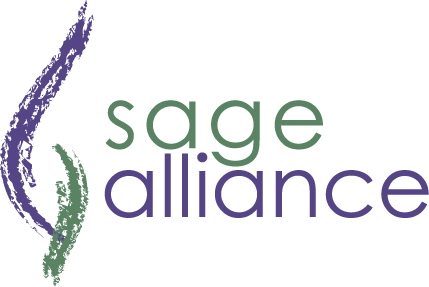Feedback is critical for your team to gain greater self-awareness, address troublesome behaviors, and continue to learn and grow. Remember, feedback is a balance. Don’t miss out on opportunities to recognize good behavior, superior performance, and stellar accomplishments. Without this, your team will see you as overlooking all the positive effort they make and focus only on when something goes astray.
The OWN Formula is exceedingly effective for positive, reinforcing behavior (as well as redirecting, corrective feedback). When you provide positive feedback, the team is engaged, motivated, productive and innovative.

Here are three helpful tips for using OWN:
- Keep the focus on the specific behavior you observed, not on the person, how you feel about them, or how they are approaching the task. If the feedback is mixed in with additional sentiments, the redirecting (corrective) feedback will get lost. This is confusing for the employee and does not empower them to take the necessary steps to correct the behavior.
- Highlight the impact to you as the manager, the team, the organization, morale, and anyone else who is affected by the behavior you observed. Be as specific as possible. Help the employee understand how their behavior positively or negatively influences building relationships, fostering trust, gaining buy-in, and guaranteeing the overall success of an initiative.
- Make your feedback actionable. There are times when feedback is more directive, and other times when you will brainstorm options. In either instance, avoid vague statements that offer no clear expectation of needed improvement and desired results. Regardless of how you get to the solution, agree on how you will measure success and when you expect to discuss progress.
Feedback alone is not enough to change an employee’s behavior. Feedback and coaching work together. Time and time again, managers question why an employee has not modified their behavior when they have provided corrective feedback. With coaching, you work together to identify specific actions that will address the needed behavioral change identified in OWN.
Coaching will address the why, i.e. the impact as explained in the OWN Formula. For feedback to work, it also needs to address how to approach changing the behavior. This is where the SAGE Coaching Approach comes in.
Excerpt from “You Think You’re Coaching, But You’re Not!”
SAGE Alliance, a Leadership Performance Company; provides executive coaching, team-building, industry leading assessments, workshops and speaking on topics including: building a high-performing team through coaching, developing and optimizing your top talent, delivering commanding communications, creating a lasting impression, making a greater impact through personal branding for executives and high-potentials – for both team and individual leaders.
Shelley Hammell, is the president, CEO and author of You Think You’re Coaching, But You’re Not! available HERE, and is available for book signings and speaking engagements.
